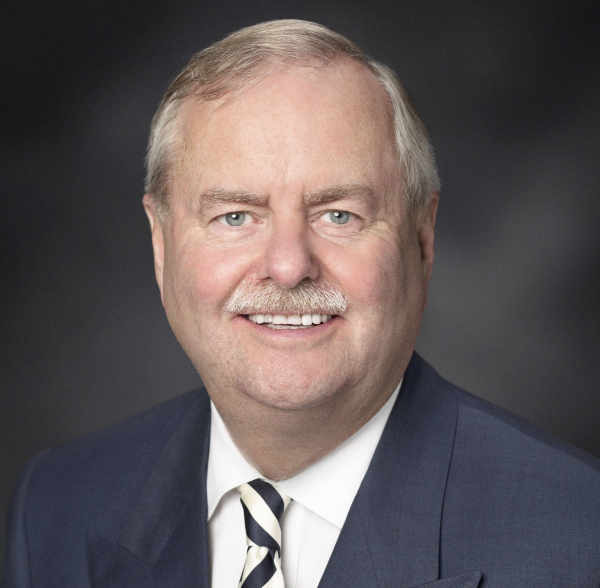When it comes to financial planning, knowing too little is a dangerous thing. As a financial planner, the main part of my job is to educate my clients on things that they may not know—or things that they may not know they don’t know. In today’s blog post, I’m going to tell you why it is important to work with a professional—someone who has a lot of financial knowledge.
The first thing that you should know about financial planning is that it is comprised of many moving parts. It is often based on variables, which means that personal hopes, goals and opinions, as well as factors such as inflation, rate of return, tax rate and contribution levels must be taken into account. If any of these variables change, chances are that the financial plan you have is going to end up being wrong and your long-term outcome would be inaccurate. This is the reason why being flexible and being able to make small adjustments now, can make a big difference in the future.
Many people feel that having a financial plan in place is all it takes for them to feel secure with their finances. The truth is, while having a financial plan is excellent, it doesn’t mean that you’re all set. It may give you more confidence, but it also only gives you an idea of the direction in which you are heading. To get a more up-to-date version of your financial plan, progress reports every six months are crucial and help you remain focused on where you want to go in terms of your financial goals.
Being confident about your finances and having some idea of what you need to do is great, but it’s not enough for you to tackle your financial plan on your own. For example, most people don’t realize that they are actually unaware of how their planner’s financial planning software handles taxes. Canada is a marginal tax rate environment, which means that all of our income sources are taxed differently and at different rates. What happens then is that a lot of software out there calculates using an average tax rate. As a result, this provides skewed results and causes you to think that you need to save a lot more money in the early years in order to have enough for retirement. The biggest challenge here is putting too much aside for the future while sacrificing the present, so make sure that you are being taxed properly.
Another obstacle that may come up if you don’t have enough financial knowledge is that certain thresholds offer different investment solutions, and you must know which one you qualify for. When handling your own financial plan, the number one rule of financial planning is that if you have accumulated a certain level of wealth, but are investing in the same investment solutions as someone who makes much less than you, then you’re in the wrong place. The four thresholds are:
Tier 1: up to $100,000
Tier 2: $100,000-$500,000
Tier 3: $500,000-$1,000,000
Tier 4: $1,000,000 plus
People want to increase their return without increasing the risk. Being in the right investment solution is the best way to get higher returns with lower fees, without increasing risk in your portfolio.
Many people want to handle their own investments because they resent paying fees for financial advisors, especially if they don’t see positive or any returns at all; they don’t want to pay simply to have someone else lose their money. However, deciding where, when and what to invest in is a daunting task and it is essential that you work with an expert. People who choose to manage their portfolio by themselves could face a huge problem, and there are two reasons why this might happen.
First of all, there is nobody managing the investment, which means that you alone are responsible for the instability and the consequences of your investments. This is a passive approach and while this may yield a decent return over time, it will also make you susceptible to making the wrong decisions when emotions get in the way. This is where the second issue comes in. When things get tough, do-it-yourself investors start to make small adjustments to their portfolios, but studies from the past 15 years have shown that the more you fiddle with your investments without professional help, the worse you do.
An interesting tidbit to point out is that oftentimes, the best days in the market start just after a market crash, a market correction or a really bad day in the market. However, people do not tend to invest during these unstable days and end up missing out on opportunities. Their emotions make it extremely difficult for them to act logically and continue to stay invested. This is why working with a professional can often produce significantly better results.
So you see, having little financial knowledge can be a dangerous thing. The most valuable solution I can suggest is to put someone between you and your investments. Hire a financial planner—an independent, third party—who can guide you through your choices and help you avoid making bad decisions. To help you get started, you can download your free copy of my special report—“Twelve Key Questions that You Must Ask a Financial Planner Before You Hire One”—to help you with the interviewing process. Keep in mind that there is a lot that a certified financial planner knows, so it really helps to talk to them about your financial future.
Related Links
How to Choose and Work with a Financial Planner You Can Trust
https://www.ironshield.ca/landing/how-to-choose-and-work-with-a-financial-planner-you-can-trust/
The Financial Advisor Evaluation: Yes or No?
https://www.ironshield.ca/articles/the-financial-advisor-evaluation-fae-10-questions-yes-or-no/
How to Respond to Market Crashes
https://www.ironshield.ca/articles/how-to-respond-to-market-crashes/











